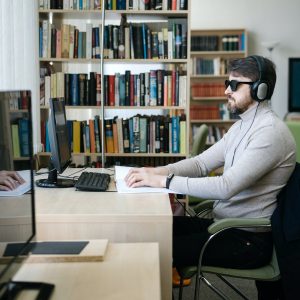Considerations for disability access

While it is important to think about learners and accessibility broadly and holistically, attending specifically to disability-related access needs is also vital to inclusion.
Aside from ensuring that students with formal accommodations have these in place in your course, you can also enhance inclusion by considering the following strategies.
Making Text Materials More Accessible
Are materials you create for your courses accessible?
Accessibility Checklist
This checklist is designed to help you review and strengthen the accessibility of your text-based content, such as slides, handouts, and documents. It highlights key practices that support a wide range of learners.
Instructions
To explore the content below, select the “>” icon to expand the section.
If you’re using keyboard navigation, use the Tab, Up, or Down arrow keys to move between sections, and press Spacebar to expand or collapse them.
These are just a few of the ways that we can make our courses as accessible as possible. If you haven’t already, consider taking a little time to explore some of the linked resources in this section.

